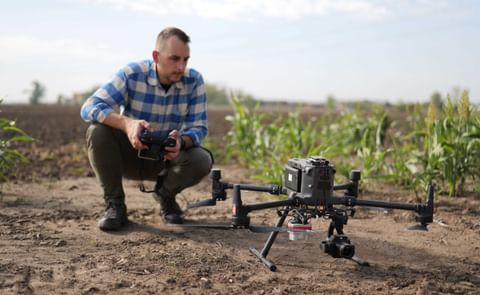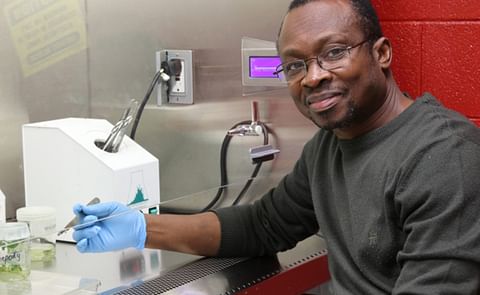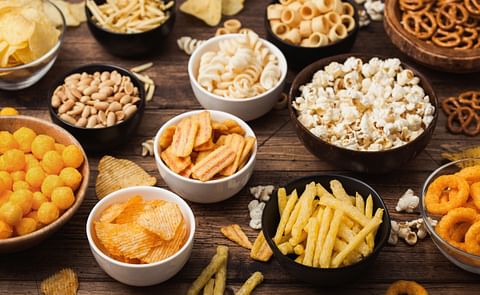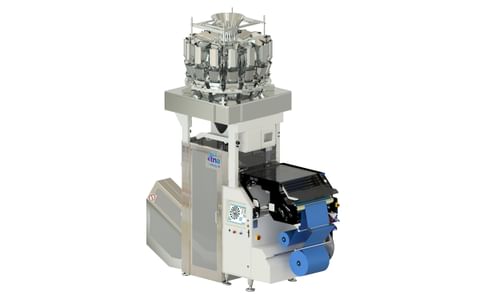“In addition to costing growers an estimated £26 million per year, bruising does untold damage to consumer confidence.” says Potato Council technical executive Gary Collins. “Undamaged potatoes are the first thing shoppers look for.
“Growers shouldn’t adopt the ‘one size fits all’ approach to harvester setup;the harvester settings should be altered for each crop in accordance with soil conditions,” he urges.
Scottish Agronomy senior agronomist Eric Anderson says: “Ideally, field samples should be taken in advance of harvest and put through a system such as a bruise barrel to test bruise susceptibility. These samples should then be hot-boxed and assessed for bruising and damage. This will highlight the crops most at risk from harvesting and grading damage, allowing a grower to choose to harvest fields with the lowest risk first.
“Alternatively, open up a field with the harvester and take representative tuber samples a day or so before committing to lifting the whole field. Bruising can vary between fields, so sometimes it is well worth leaving one area and returning to it at a later date.”
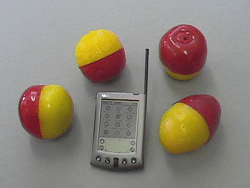
PotatoPro offers a range of tools to help reduce bruising, including the smartspud, a tool to measure forces on the potato resulting from the harvester: More details in the PotatoPro shop
The minimum action taken should be to monitor tubers from five to six loads per day at the final handling point i.e. end of the harvester elevator or grader and look for excess bruising and damage.
“If this is high, more samples should be taken throughout the system to pinpoint the issues, which could be as simple as leaving agitation on when it is not needed,” continues Mr Anderson.
“All loads delivered to stores should be monitored on arrival,” he advises. ”Furthermore, during harvesting, the operator should also conduct a visual check of the harvester and compared it with Potato Council harvester guidelines.”
With bruising normally taking up to three days to show, a hot-box useful tool that helps identify bruising issues earlier.
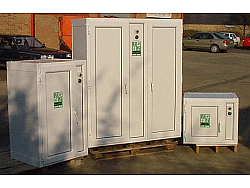
PotatoPro offers a range of tools to help reduce bruising, including several models of the hotbox: More details in the PotatoPro shop
“Our understanding of bruising susceptibility has moved on in recent years – we now know more about a crop’s pre-disposition to damage, although this only becomes evident when you put the harvester through. A good on-farm risk assessment system will help pinpoint where bruising occurs and help growers avoid costly rejections.
“Bruising is a significant factor affecting the whole of the GB potato industry and it is estimated that each grower is losing £200/ha as a result of bruising,” says Mr Anderson. “Many people think that bruising is influenced solely by the dry matter. However, bruising sensitivity depends on variety, tuber size and shape, age, nutrition, soil type and temperature, in addition to tuber firmness (turgor).”
Further Potato Council-sponsored research work is ongoing at University of Leeds and Cambridge University Farm to increase the understanding of the relationship between bruise susceptibility, tuber cell wall properties and tuber mechanical properties.
“In another season, good planning prior to planting will help minimise risks. Growers should check areas such as separation, clod and stone removal, correct machinery set-up and tractor wheel size and track width.”
Source: Potato Council News
More information on potato bruising from the potato Council



